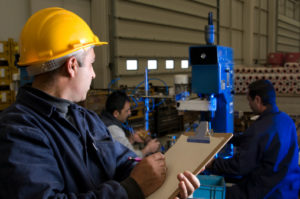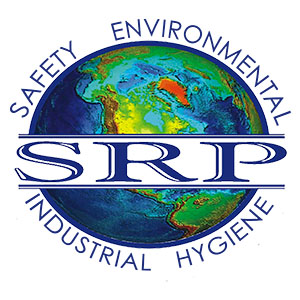ANNUAL SAFETY AUDITS: 4 REASONS WHY YOU NEED THEM
 It is always heart-wrenching when you hear about devastating accidents and fatalities in the workplace. OSHA reports that on average 13 worker deaths occur each day, and out of all the reported workers, 3% will experience an injury or accident each day. Thankfully these statistics have decreased since the 1970s, however many of the deaths and injuries that continue to happen today are preventable.
It is always heart-wrenching when you hear about devastating accidents and fatalities in the workplace. OSHA reports that on average 13 worker deaths occur each day, and out of all the reported workers, 3% will experience an injury or accident each day. Thankfully these statistics have decreased since the 1970s, however many of the deaths and injuries that continue to happen today are preventable.
As an employer, it is your responsibility to provide a safe work environment for your employees. This responsibility not only affects employees, but also their families. That is why it is imperative to conduct annual safety audits at each facility in addition to meeting OSHA requirements.
Here are Four Reasons Why You Should Conduct Annual Safety Audits:
- To Ensure Compliance. Make sure you are in safety and environmental compliance with OSHA and the EPA, as well as state agencies. Regulations are constantly changing and it is easy to miss urgent updates, even with all the email reminders and newsletters. Conducting a safety audit with a third-party will help ensure that your facility is up to date with OSHA and EPA regulations.
- To Identify Potential Hazards. Facility managers and EHS managers may catch glaringly obvious hazards like damaged guardrails or puddles of water, but it is easy to miss less obvious hazards like noise or chemical over-exposure. This can be common due to the fact the facility and EHS managers are on-site all day, every day and become acclimated to their surroundings. Therefore, it is good practice to have someone other than the facility or EHS manager who is well versed in safety to audit the facility and to provide a fresh view of the work environment.
- To Evaluate the Effectiveness of Company Safety Training. A thorough safety audit includes taking a look at the company safety training and policies.
- Are all supervisors’ and employees’ up to date with their annual refresher training?
- Has each employee completed a new hire orientation specific to their job duties?
- Are all employee training courses documented with a sign-in sheet, test materials, and a corresponding safety plan?
If you can not fully answer ‘yes’ to all these questions, it’s time to re-evaluate your safety training program. Also, you will be able to identify where additional training may be needed.
4. To Assess the Condition of Equipment and Processes. OSHA regulations require inspections of equipment modifications and additions that could affect the safe operation of the equipment. However, it is recommended that annual, or even semi-annual, inspections are performed on all equipment and processes. Preventative maintenance is key to keeping equipment expenses within budget. Additionally, equipment inspections allow supervisors and managers to assess the the safety and effectiveness of all work processes.
Have Questions or Concerns About Your Facility? Call an SRP Safety Consultant Today!
SRP Safety Consultants work with companies across the United States in oil and gas, manufacturing, construction, agricultural, and healthcare. SRP has eight convenient locations in Charlotte, Dallas, Denver, Honolulu, Long Beach, Midland, Shreveport and Pittsburgh. Located elsewhere? Let SRP Come To You. Call SRP Safety Consultants today at (866) 222-4972 to schedule a safety audit.

 ">
">
 ">
">